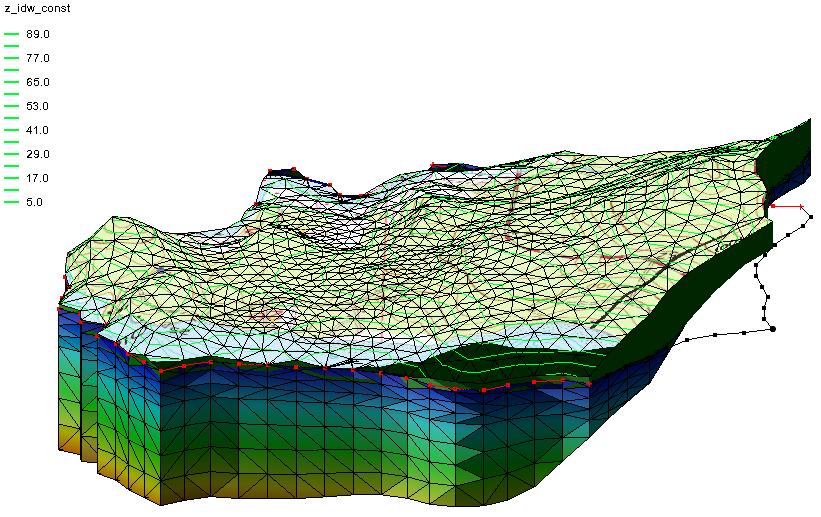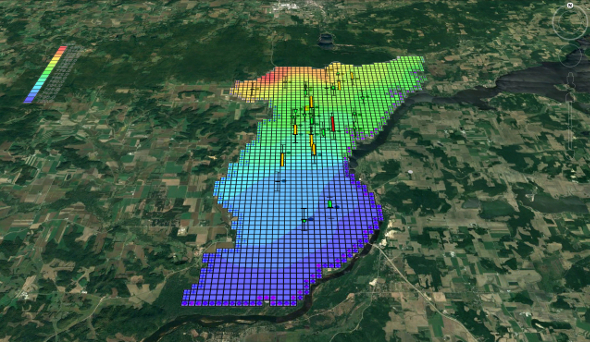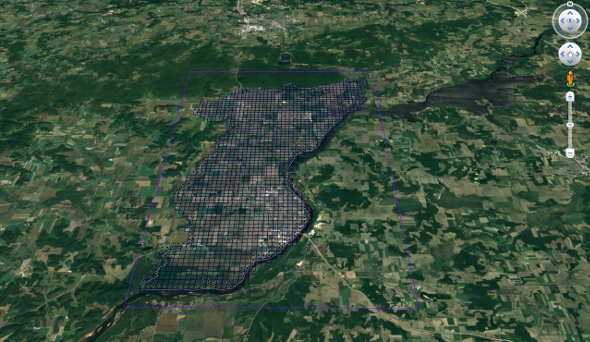Stockholm GMS Training 2018
By aquaveo on June 6, 2018Aquaveo recently taught a three-day GMS training session hosted by the School of Engineering Science at the KTH Royal Institute of Technology in Stockholm, Sweden. The institute’s Prosun Bhattacharya arranged and coordinated the training session.
From May 15-18, 2018, Alan Lemon and Hoang Tran presented on a wide range of topics, including general groundwater modeling concepts, using MODFLOW in GMS using both grids and conceptual models, incorporating field data (such as scatter point and borehole data) into a GMS project, and calibrating models in GMS. Models demonstrated and discussed include MODFLOW, MODFLOW-USG, MODPATH, MT3DMS, and SEAWAT.
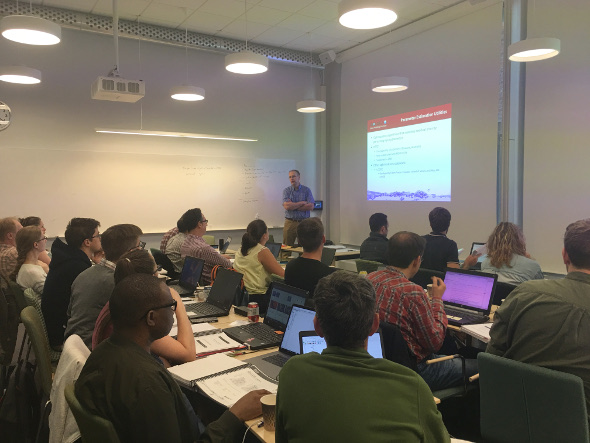
Participants came from several different countries, companies, and governmental and non-governmental organizations, including:
- ÅF Consult (Sweden)
- Bergab (Sweden)
- Envix Nord AB (Sweden)
- The Geological Survey of Finland
- The Geological Survey of Sweden
- imaGeau (France)
- LDD Advanced Technologies (Israel)
- Pöyry Finland
- Waternet (The Netherlands)
- WJ Groundwater (United Kingdom)
There were also graduate students from Gdańsk University of Technology in Poland, and KTH Royal Institute of Technology and Luleå University of Technology in Sweden.
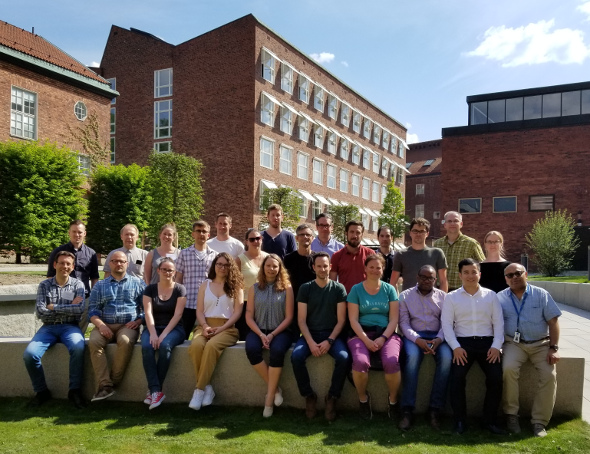
After the classes, Alan and Tran enjoyed walking around Stockholm and seeing the sights, including the Vasa Museum and the Nobel Museum.
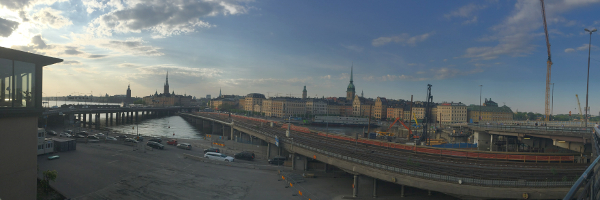
Aquaveo provides custom, on-site training for SMS, GMS, WMS, ArcHydro Groundwater, and any other water resource modeling need you have. Organizations can set up shared trainings such as this one, or arrange for the same training for their own employees. You can learn more about our training offerings by visiting our site.
